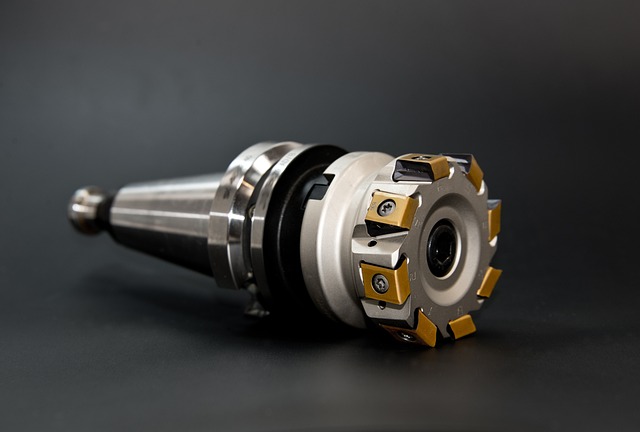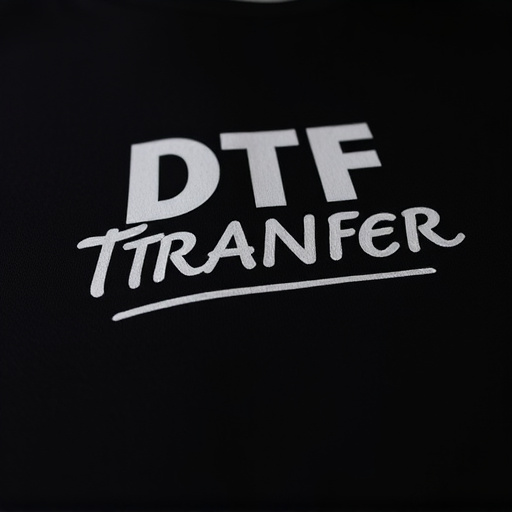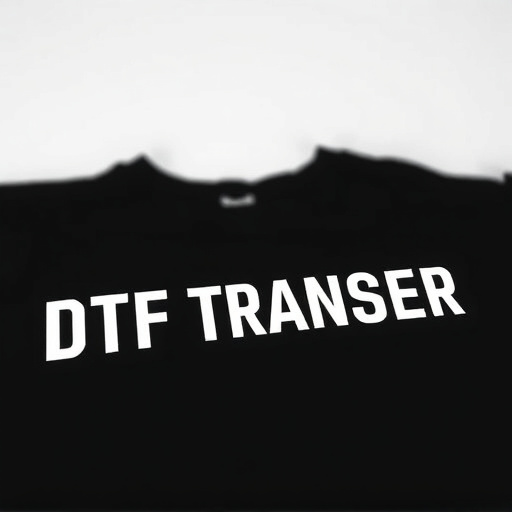Direct to Fabric (DTF) transfers are revolutionizing printing by allowing intricate designs to be seamlessly infused into fabrics while warm, resulting in vibrant, long-lasting prints. This process uses heat and pressure to fuse ink directly into fabric fibers, offering benefits like precision, versatility across multiple fabric types, and significantly shorter production times compared to traditional methods. DTF Printing is transforming garment personalization in the fashion industry and expanding into diverse sectors like home decor and promotional items. The future of DTF looks promising with advancements in material science, print technology, and smart textiles, paving the way for more sustainable and innovative applications.
“Discover the revolutionary world of DTF Transfers—a game-changing technology in the printing industry. This comprehensive guide delves into the intricate process behind creating DTF Prints, offering a warm, removable solution for diverse applications. From its unique benefits to its impact across industries, we explore how DTF Printing enhances productivity and creativity. Learn about material selection, current trends, and future innovations that are shaping this dynamic field, providing insights for both professionals and enthusiasts.”
- Understanding DTF Transfers: A Comprehensive Overview
- The Process of Creating DTF Prints
- Benefits of Using Removable Warm Transfers
- Applications Across Different Industries
- Choosing the Right Materials for Optimal Results
- Future Trends and Innovations in DTF Printing Technology
Understanding DTF Transfers: A Comprehensive Overview
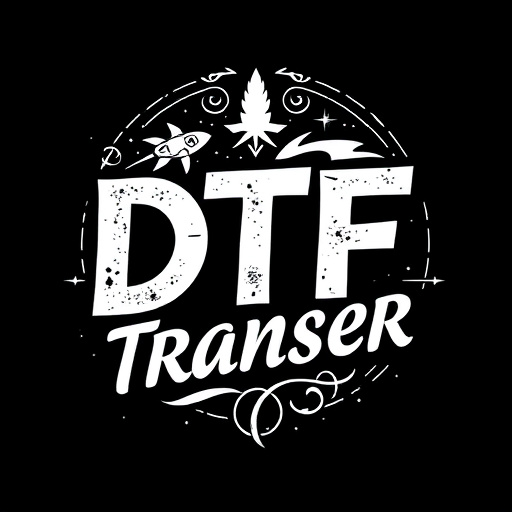
DTF Transfers, or Direct to Fabric (DTF) transfers, are a cutting-edge printing technique that allows for high-quality designs to be seamlessly integrated onto various fabrics while they’re still warm. This innovative process involves applying heat and pressure to a special paper containing ink, which fuses the design directly into the fabric fibers. The result is a vibrant, long-lasting print that becomes an indelible part of the material.
DTF Printing offers numerous advantages for designers, manufacturers, and enthusiasts alike. It enables the creation of intricate patterns and detailed graphics with remarkable precision. Moreover, it’s a versatile method suitable for a wide array of fabrics, from cotton and polyester to silk and linen. This technology also ensures faster production times compared to traditional printing methods, making it a popular choice in today’s fast-paced fashion industry. DTF Transfers are truly revolutionizing the way we adorn and personalize our garments and accessories, offering both style and functionality.
The Process of Creating DTF Prints

The process of creating DTF (Direct to Film) prints involves several precise steps to ensure optimal results. It begins with preparing the design, which can be done digitally using specialized software. This design is then translated into a format compatible with DTF printing machines. The key component here is the DTF transfer, a thin film that acts as an intermediary between the design and the final medium, such as fabric or paper.
Once the design is ready, it’s applied to the DTF transfer using advanced printing technology. This application must be done accurately while the transfer is still warm, as this is when it’s most pliable and adheres best to the surface. After printing, the DTF transfer is carefully removed, leaving behind a crisp, high-quality image or pattern on the desired substrate. The entire process requires skill and attention to detail to achieve the best possible DTF prints.
Benefits of Using Removable Warm Transfers
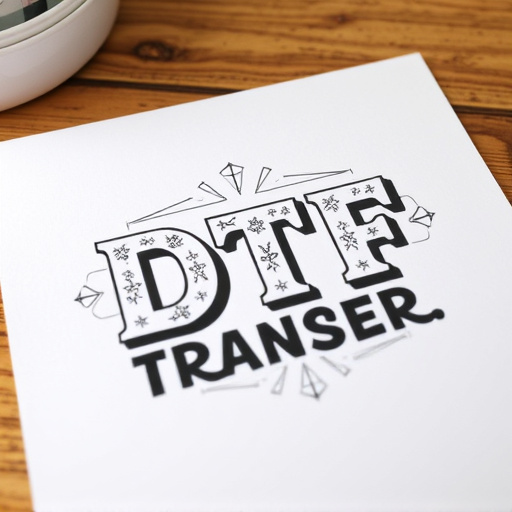
Using removable warm transfers, or DTF Transfers (Direct to Fabric), offers a host of advantages for both businesses and individuals looking to apply designs to various materials. One of the key benefits is the convenience of installation while the transfer is still warm. This allows for precise placement and ensures the design stays secure without requiring additional pressing or heat treatment, saving time and effort.
Additionally, DTF Printing provides a range of versatility in terms of fabric types and applications. Whether it’s clothing, home decor, or even promotional items, these transfers can be easily adapted to suit different needs. The ability to remove the transfer while warm also means less risk of damage to delicate fabrics or designs, preserving the quality and longevity of the final product.
Applications Across Different Industries

The DTF (Direct to Fabric) Transfer process has found applications in various industries, revolutionizing the way fabric is printed and designed. This method allows for the creation of vibrant, durable DTF prints directly onto fabrics while they’re still warm, opening up a world of possibilities for manufacturers and designers alike. From fashion and apparel to home décor and even automotive interior design, DTF Transfers are leaving their mark.
In the fashion industry, DTF Printing offers a quick and efficient way to personalize clothing items, allowing brands to create limited-edition collections with unique designs. Similarly, in home furnishings, DTF Transfers enable the production of custom fabrics for curtains, pillows, and upholstery, catering to individual design preferences. The automotive sector also benefits from this technology, utilizing DTF prints for creating specialized interior trims and accessories that enhance vehicle aesthetics.
Choosing the Right Materials for Optimal Results
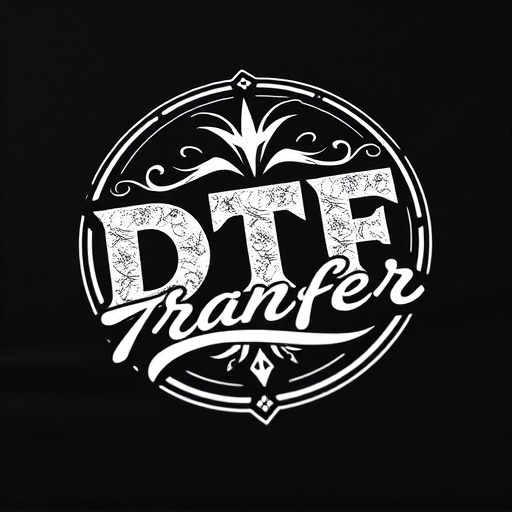
When selecting materials for DTF (Direct to Fabric) transfers, the goal is to achieve optimal results with a process designed for removability while warm. Opting for high-quality, specialized transfer paper tailored for DTF printing is paramount. This paper should offer excellent adhesion to ensure the design transfers sharply and durably onto the fabric. Additionally, it must be formulated to allow easy removal without leaving residue when still warm—a key advantage over traditional heat-application methods.
The right material combination includes a top coat that facilitates release and a backing that adheres securely to the paper during printing but peels away cleanly once heated. DTF prints benefit from materials engineered to withstand high temperatures, ensuring the design fuses permanently with the fabric while allowing for effortless removal when desired. This blend of precision engineering and user-friendly design is what makes DTF transfers a game-changer in the world of custom fabric decoration, offering both professional results and ease of application.
Future Trends and Innovations in DTF Printing Technology
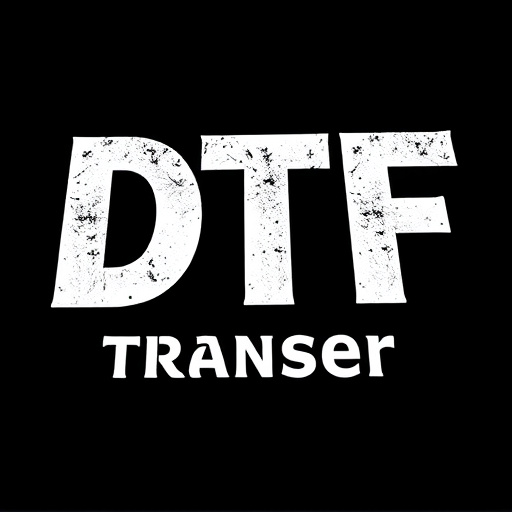
The future of DTF (Direct to Fabric) printing looks promising, with continuous innovations pushing the boundaries of what’s possible in textile customization. As technology evolves, we can expect to see advancements in material science, offering a broader range of fabrics and substrates suitable for DTF transfers. This includes sustainable options, reducing environmental impact while maintaining high-quality prints.
Print resolution and color accuracy are also areas of focus, with manufacturers developing more advanced printheads and ink formulations. Higher resolutions will enable intricate designs and finer details in DTF prints, catering to the growing demand for personalized, on-demand apparel and accessories. Additionally, the integration of smart textiles and functional inks opens up new possibilities for interactive clothing and innovative applications in various industries.





